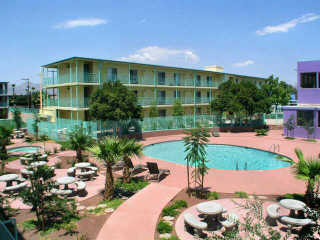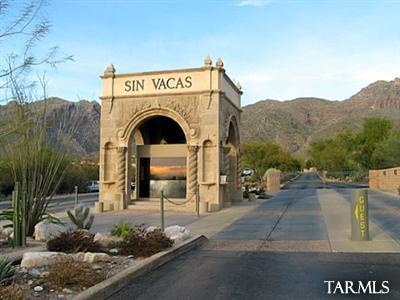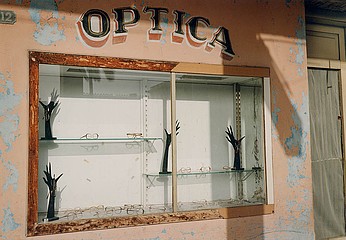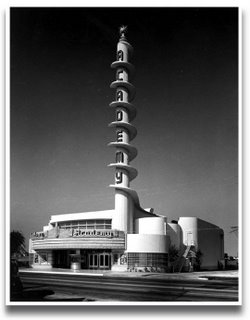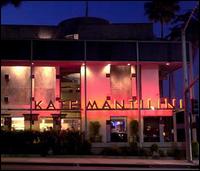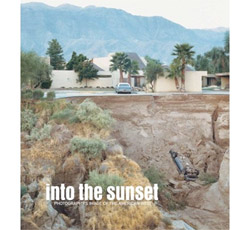There’s a new blog, “The Impossible Cool,” which posts a daily black-and-white photo of an icon at his or her most impossibly cool, captioned only by a surname.
Here’s my nomination for the next post: my favorite portrait of Frida Kahlo, taken by Florence Arquin in 1941 in the courtyard of Frida’s house in Coyoacán.

Of course, it’s not black-and-white, which would be an injustice to Frida. You have to see that ultramarine blue, called azul añil, which gave the Casa Azul its name. Frida’s wearing a tlacoyal, a headdress of cords woven into braids and compared to a coralillo serpent. Her wool tomicotón is embroidered with the Tree of Life.
“The Impossible Cool” would not junk up the picture with this much information, but I’m putting it down because I want to remember the specific names of the indigenous fashion items Frida adopted. I learned them all from Self-Portrait in a Velvet Dress, one of several new Frida books I’ve devoured recently. The book juxtaposes photos of Frida’s garments with the paintings in which they appear.
Frida’s image and style were omnipresent in my hometown of Tucson. Maybe our proximity to Mexico allowed us to claim her as a local icon. The Arizona State Museum has an online “What Would Frida Wear?” exhibit that allows you to dress a Frida doll in folkloric wear from the museum’s collections.
While Frida mixed-and-matched Mexican regional styles, ranging from the Tehuana to the China Poblana, some elements remain consistent: the rebozo, or fringed shawl, the huipil, or embroidered tunic, the floor-length, often ruffled rebozo skirt, and arracadas, the half-moon earrings.
I was less impressed by Finding Frida Kahlo, also a gorgeous coffee-table book, but apparently of dubious scholarship. The book documents the discovery and unpacking of five containers, from luggage to trunks, containing what the material’s Mexican collectors consider Frida’s lost archive: letters, sketches, stuffed hummingbirds, recipes, keepsakes.
I thought the material was a little too perfect: diaries and poems addressing each one of the “fascinating” aspects of Frida’s life — the bisexuality, the horrible accident, the Trotsky affair, the love/hate for Diego Rivera, Diego’s philandering — as though they were a skeleton key to her life. While Frida’s art depicts some of these defining events, they couldn’t have been all she thought about. But that’s the impression the collection gives.
Also, the story of how the Mexican collectors came into possession of the archive is specious. It involves a mysterious Mexican lawyer who lives in squalor and wants to remain anonymous. The mysterious lawyer acquired the archive from a deceased woodcarver who claimed to be a confidante of Frida’s.
Frida experts and relatives are currently divided on the authenticity of the material. I’m excited to follow this art-world mystery as it unfolds. I think I’d prefer to discover it’s all a fake. It would be a brilliant act of meta-art and a painstaking comment on the fetishizing of Frida.


